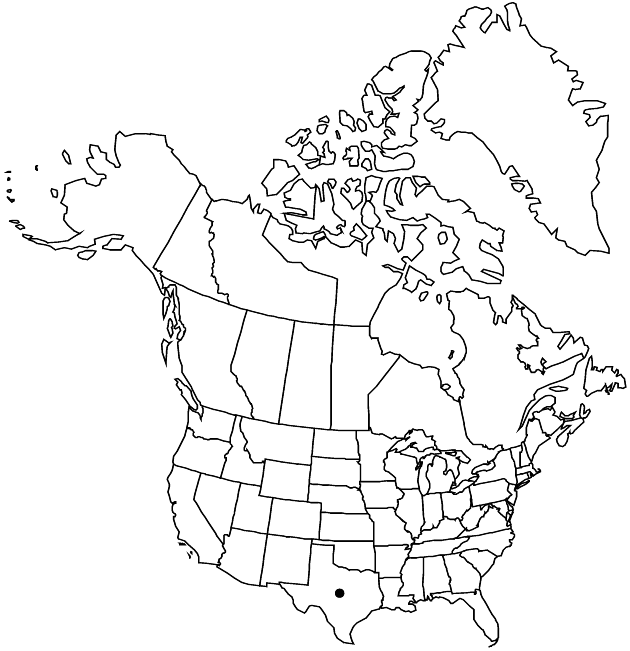Difference between revisions of "Grindelia microcephala"
in A. P. de Candolle and A. L. P. P. de Candolle, Prodr. 5: 315. 1836.
FNA>Volume Importer |
imported>Volume Importer |
||
| (2 intermediate revisions by 2 users not shown) | |||
| Line 1: | Line 1: | ||
{{Treatment/ID | {{Treatment/ID | ||
|accepted_name=Grindelia microcephala | |accepted_name=Grindelia microcephala | ||
| − | |accepted_authority= | + | |accepted_authority=de Candolle |
|publications={{Treatment/Publication | |publications={{Treatment/Publication | ||
|title=in A. P. de Candolle and A. L. P. P. de Candolle, Prodr. | |title=in A. P. de Candolle and A. L. P. P. de Candolle, Prodr. | ||
|place=5: 315. 1836 | |place=5: 315. 1836 | ||
|year=1836 | |year=1836 | ||
| + | }} | ||
| + | |special_status={{Treatment/ID/Special_status | ||
| + | |code=E | ||
| + | |label=Endemic | ||
}} | }} | ||
|basionyms= | |basionyms= | ||
| Line 31: | Line 35: | ||
-->{{#Taxon: | -->{{#Taxon: | ||
name=Grindelia microcephala | name=Grindelia microcephala | ||
| − | |authority= | + | |authority=de Candolle |
|rank=species | |rank=species | ||
|parent rank=genus | |parent rank=genus | ||
| Line 44: | Line 48: | ||
|publication title=in A. P. de Candolle and A. L. P. P. de Candolle, Prodr. | |publication title=in A. P. de Candolle and A. L. P. P. de Candolle, Prodr. | ||
|publication year=1836 | |publication year=1836 | ||
| − | |special status= | + | |special status=Endemic |
| − | |source xml=https:// | + | |source xml=https://bitbucket.org/aafc-mbb/fna-data-curation/src/2e0870ddd59836b60bcf96646a41e87ea5a5943a/coarse_grained_fna_xml/V19-20-21/V20_988.xml |
|tribe=Asteraceae tribe Astereae | |tribe=Asteraceae tribe Astereae | ||
|genus=Grindelia | |genus=Grindelia | ||
Latest revision as of 20:07, 5 November 2020
Annuals, 15–40 cm. Stems erect, stramineous, ± villous and/or stipitate-glandular. Cauline leaf blades ± oblong or spatulate, 10–30(–45+) mm, lengths 2–3.5 times widths, bases clasping, margins ± crenulate (teeth 6–8 per cm, obtuse, resin-tipped), apices obtuse or acute, faces usually hirtellous and glandular (glands usually in pits, seldom sessile or stipitate), sometimes glabrate. Heads in open, corymbiform arrays. Involucres broadly urceolate to hemispheric, 6–9 × 8–13 mm (usually subtended by leaflike bracts). Phyllaries in 5–6 series, spreading to appressed, lanceolate, apices acute to subulate, slightly recurved to straight, little, or not at all, resinous. Ray florets 16–27; laminae 6–9(–12) mm. Cypselae brownish, 3.5–4 mm, apices smooth or obscurely coronate, faces smooth or slightly rugose (little, if at all, transversely fissured); pappi of 2–3 straight or weakly contorted, smooth (apices dilated), bristles or setiform awns 3.5–5 mm, equaling or slightly surpassing disc corollas. 2n = 12.
Phenology: Flowering (Nov–)Mar–Jun(–Aug).
Habitat: Bottomlands, rich low ground, thickets, near streams
Elevation: 0–500 m
Discussion
Selected References
None.
